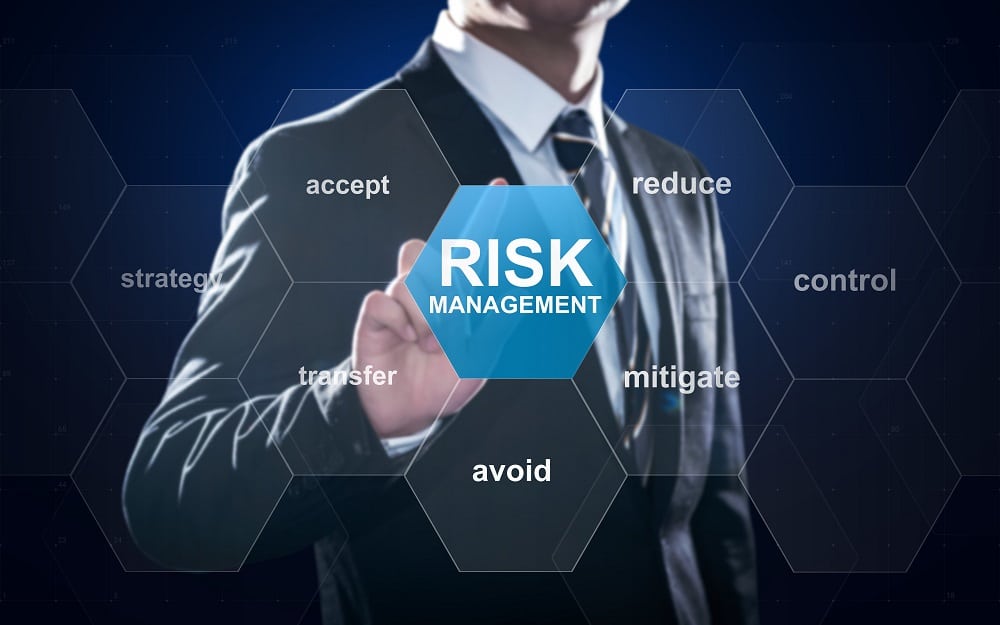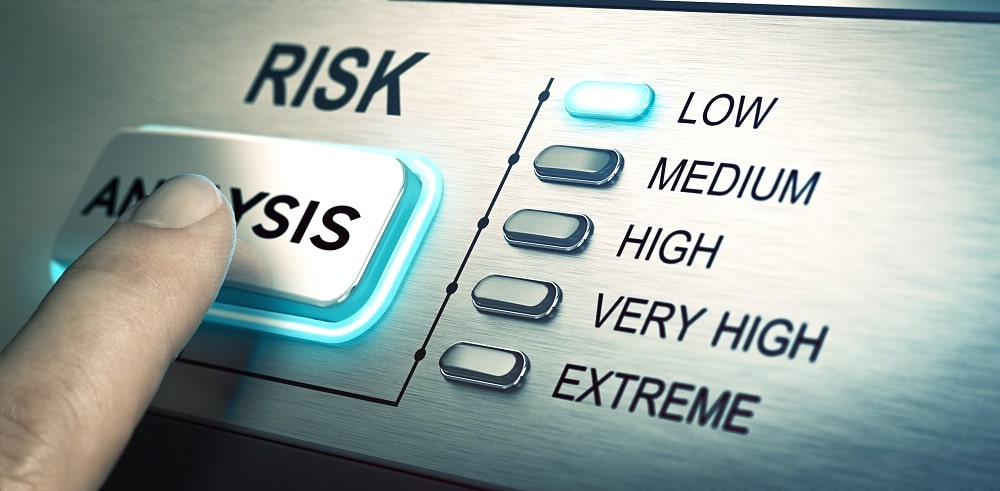Current Controls in Risk Management: Know the Importance

A management consulting firm can deliver more than you might imagine. Whether you’re building bridges or expanding a highway, all large infrastructure and transportation projects present a variety of risk factors. When putting together a plan for risk management, it’s important to understand and identify the current controls that you already have in place. From day-to-day, you may not think of them very much, but they’re likely already in place and largely effective.
Risk Management
Risk management isn’t a difficult concept. It’s simply the identification, evaluation, and avoidance of risks. These risks could be due to human error, structural problems, or the poor quality of certain materials. Ideally, your risk management strategy should always involve the coordination and application of resources, which are meant to minimize the impact, monitor the results, and control the severity of any unfortunate incidents. These responses should be part of any risk management strategy. However, having a plan isn’t always enough. Training, education, and constant monitoring are also needed. Fortunately, you likely already have many current controls in place.
Learning from History
Your current controls are the byproduct of previous experiences. Are talking points always reviewed before meeting with the press? Do you edit and revise memos before sending them out? You might not think of these extra steps as risk management, but they do minimize the risk of looking silly or experiencing a public-relations fiasco. These are simple controls that you’ve established to prevent such unfortunate events. This is risk management in action, even if it seems like nothing more than business as usual.
Current Controls
As you progress from one project to the next, you put controls into place. They’re not always identified as risk-management controls, but this doesn’t diminish their importance or effectiveness. Ideally, you should put these into concrete terms. This is why it’s so essential that you identify your current controls and take them into consideration. Moving forward with your risk management, it’s crucial that you know what you already have in place, so you avoid unnecessary redundancies or clashing with your current processes.
Identification
When you identify your current controls, it needs to be orchestrated and conducted in an orderly fashion. There should also be second and third reviews, so you don’t miss anything. When you aren’t looking for them, risk controls aren’t necessarily immediately obvious. Not everything is as blatant as a harness or an emergency shutoff valve. It’s a good idea to have different departments and teams work together to identify the controls that you currently have in place. People who are immediately involved in the work may overlook features that are so common in their day-to-day tasks that it simply goes unnoticed.

Effectiveness
Don’t assume that the lack of an accident indicates the effectiveness of your current controls. Avoiding an incident could be nothing but luck, or it could be due to the competency of your personnel. Putting your current controls to the test should be systematic and thorough. It’s a good idea to have outside observers or professionals who can help quantify the results and put things into perspective.
Ownership
Establishing a control owner is a key part of identifying and confirming the effectiveness of your current controls. Someone needs to be responsible, or it’s simply going to get ignored as people go about their day and focus on what they consider to be more important work.
As you can see, an impartial observer with the appropriate expertise could be invaluable. This is why partnering with a management consulting firm is so important. Contact The Carian Group at (908) 205-0450 to discover more about managing risks and putting effective controls into place.
